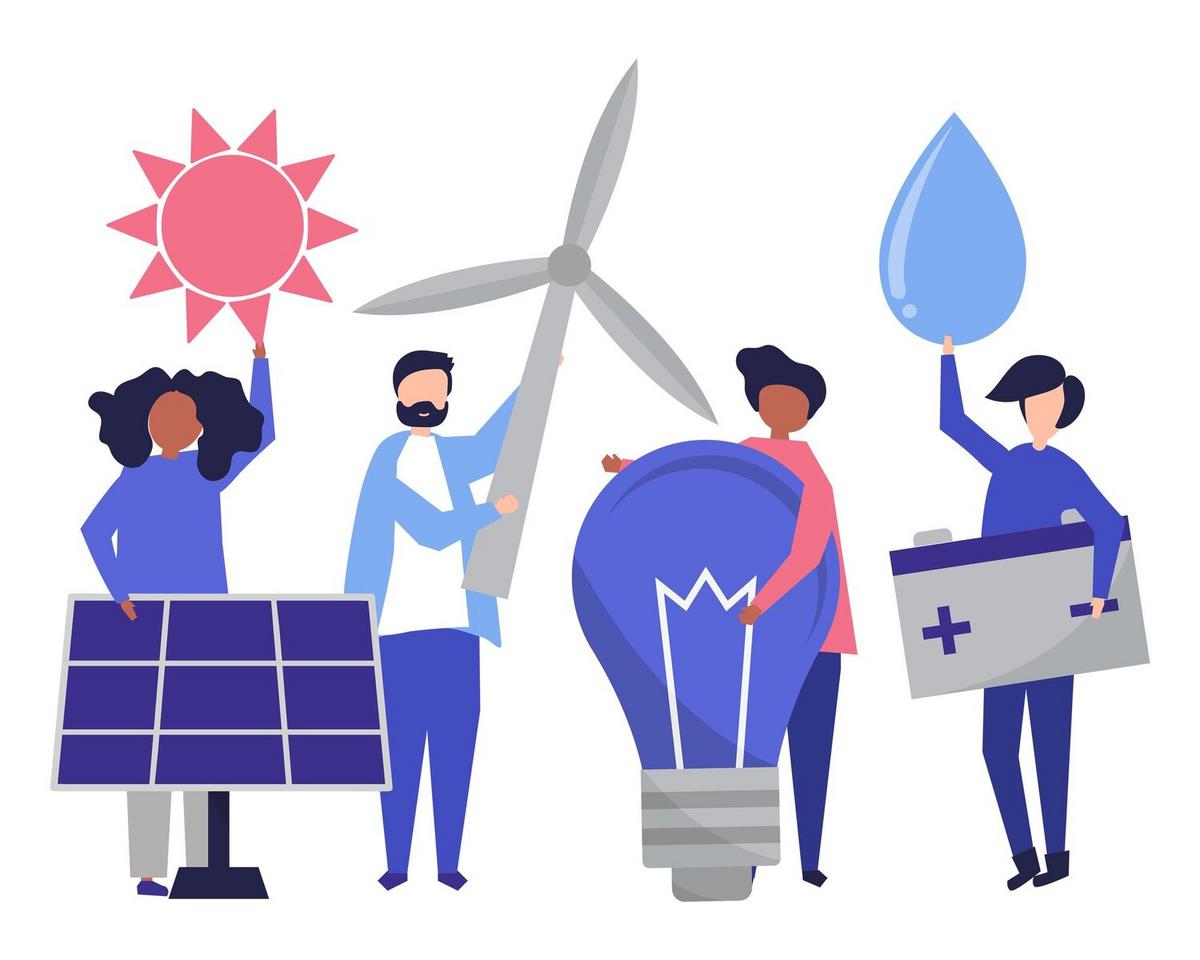
Innovative Energy Storage Solutions for Grid Stability
As the shift towards renewable energy accelerates, the challenge of maintaining grid stability becomes increasingly vital. Innovative energy storage solutions are emerging as key components in ensuring that electricity grids remain reliable and efficient.
Exploring Advanced Energy Storage Technologies
The integration of renewable energy sources like solar and wind into the electricity grid presents unique challenges. These sources are intermittent by nature, making energy storage solutions essential for grid stability. According to the International Energy Agency, the global capacity for battery storage is expected to grow by 1,000% by 2030, highlighting the importance of this technology.
Expert Insights on Energy Storage
Dr. Michael Green, an energy systems expert, notes, “Energy storage is not just about storing excess energy; it’s about creating a resilient and adaptable grid.” This insight underscores the role of storage solutions in adapting to fluctuating energy supply and demand.
Types of Energy Storage Solutions
| Technology | Description | Advantages | Limitations |
|---|---|---|---|
| Lithium-Ion Batteries | Widely used for their high energy density | Scalable, long lifespan | Cost, resource availability |
| Flow Batteries | Utilizes liquid electrolytes | Flexible, long cycle life | Lower energy density |
| Pumped Hydro Storage | Uses gravity to store energy | High capacity, established technology | Site-specific, environmental impact |
| Compressed Air Energy Storage | Stores energy in compressed air | Large-scale, low cost | Low efficiency |
| Thermal Energy Storage | Stores heat for later use | Efficient, low cost | Limited applications |
| Flywheel Energy Storage | Stores kinetic energy | High efficiency, rapid response | Limited energy capacity |
| Hydrogen Storage | Converts electricity into hydrogen | Versatile, long duration | Infrastructure requirements |
| Supercapacitors | Stores energy electrostatically | Fast charge/discharge, long lifespan | Low energy density |
Real-World Applications
Consider the case of a community in California that implemented a microgrid with battery storage to maintain power during outages. This system not only enhanced reliability but also reduced energy costs by utilizing stored solar power during peak hours.
Pro Tip: Diversifying energy storage technologies in a grid can enhance resilience and ensure a stable power supply, even during peak demand periods.
Taking Action for a Sustainable Future
As renewable energy continues to grow, investing in innovative energy storage solutions is crucial for a sustainable and stable grid. Whether you’re a policymaker or a homeowner, exploring options like battery storage or community microgrids can contribute to a more resilient energy system.
Frequently Asked Questions
How do energy storage solutions benefit the grid?
They enhance grid stability by storing excess energy and releasing it during peak demand, reducing reliance on fossil fuels.
What is the most commonly used energy storage technology?
Lithium-ion batteries are the most widely used due to their high energy density and scalability.
Can energy storage reduce electricity costs?
Yes, by storing energy during low-cost periods and using it during peak times, consumers can lower their electricity bills.
Conclusion
Innovative energy storage solutions are a cornerstone of the modern, renewable-powered grid. By understanding and implementing these technologies, stakeholders at all levels can contribute to a more stable and sustainable energy future.